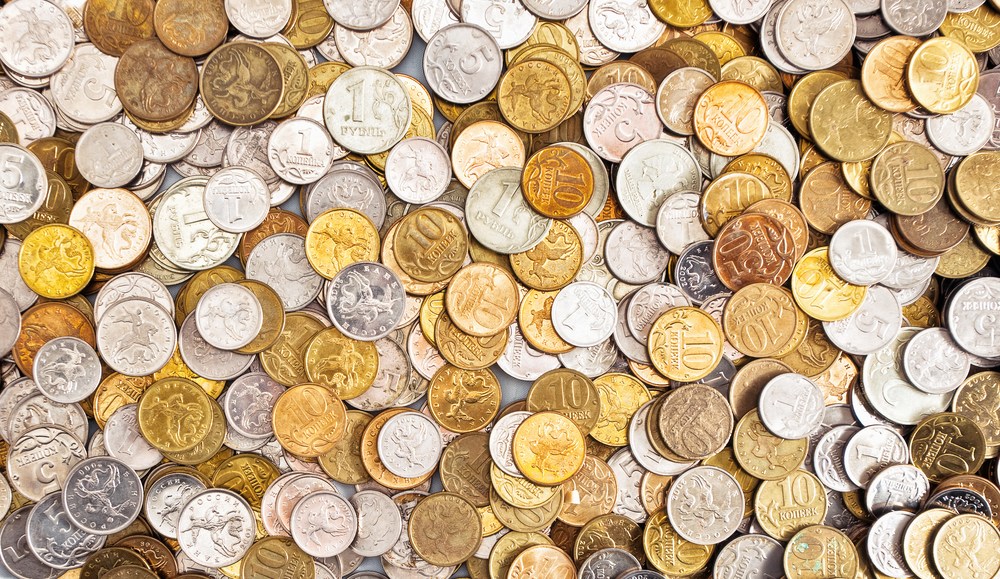
Rob Macdonald is vp of business development at Media6Degrees, an advertising targeting solutions company.
The industry just can’t seem to make up its mind about native advertising. The debate continues around what native is, how viable it’s likely to be and how easily it can scale. Some peg it as the latest shiny object, while others call it the emperor’s new clothes, a new ploy to entice advertisers. Still others see it as the perfect confluence for addressing the needs of brands and publishers alike.
Native is a solid solution capable of delivering meaningful results. Let me start by sharing my simple definition of native, which may differ from some of what you’ve seen lately: Native advertising is advertising unique to a particular site or platform.
Kind of obvious, right? So, by that definition, Google AdWords is a form of native advertising. Facebook marketplace and in-feed ads are native. Promoted tweets are native. YouTube TrueView ads are native. Even the interstitials you see before accessing Forbes content can be considered native. Consider it the publisher’s “house special” that is unique for the users and marketers sharing that moment together.
By that definition, native is only as scalable as the platform that hosts the ads. Promoted tweets are scalable within the boundaries of Twitter and its distributed feed on various platforms. Facebook ads are scalable within the boundaries of Facebook. Given how large these audiences are, and how engaged they tend to be, native advertising can become very powerful. So while native may not scale across platforms, Facebook’s 584 million users per month and Google’s 100 billion searches per month constitute a substantial audience in anyone’s book.
Is native new? Well, given the Google AdWords case, I would say no. Early native ads, by my definition, were the advertorial inserts found in magazines and the Hallmark specials on television. But while the category may not be new, native opportunities are evolving and emerging in places we never thought possible. The likes of Twitter, Tumblr and Spotify are opening up opportunities for marketers in new and exciting ways, and others continue to emerge.
Is native effective? Yes. By the definition above, native ads are a natural addition to the respective content, unobtrusive and informative. It’s sponsored content where you expect content to be. And with rich data powering them, native ads can be targeted to be highly relevant. Google sets the standard in relevance, and its effectiveness has created a commercial juggernaut. Google has proven that when you use insights and machine intelligence to enhance targeted advertising, the user welcomes the messaging. As sites and platforms effectively use their data to inform targeting decisions, native will become even more powerful.
Of course, as with all digital advertising, we must continually test, measure, optimize, rinse and repeat. Nothing will work perfectly the first time, and nothing will work 100 percent of the time. But native advertising, shiny object or not, has the potential to be very, very effective.
More in Media

Why some publishers aren’t ready to monetize generative AI chatbots with ads yet
Monetization of generative AI chatbot experiences is slow going. Some publishing execs said they’re not ready to add advertising to these products until they scale or can build a subscription model first.

Media Briefing: Publishers who bet on events and franchises this year are reaping the rewards
Tentpole events and franchises are helping publishers lock in advertising revenue.

With Firefly Image 3, Adobe aims to integrate more AI tools for various apps
New tools let people make images in seconds, create image backgrounds, replacing parts of an image and use reference images to create with AI.





